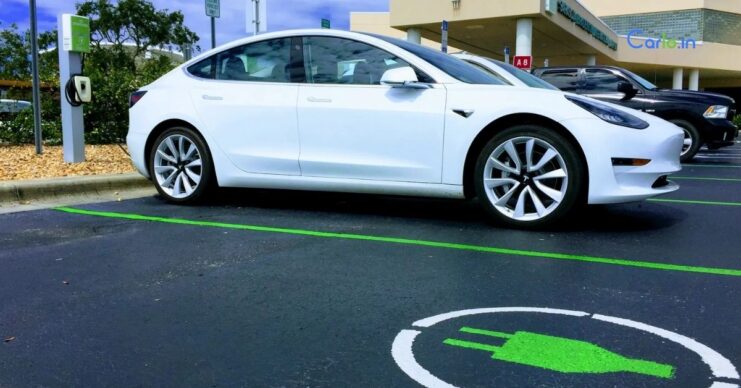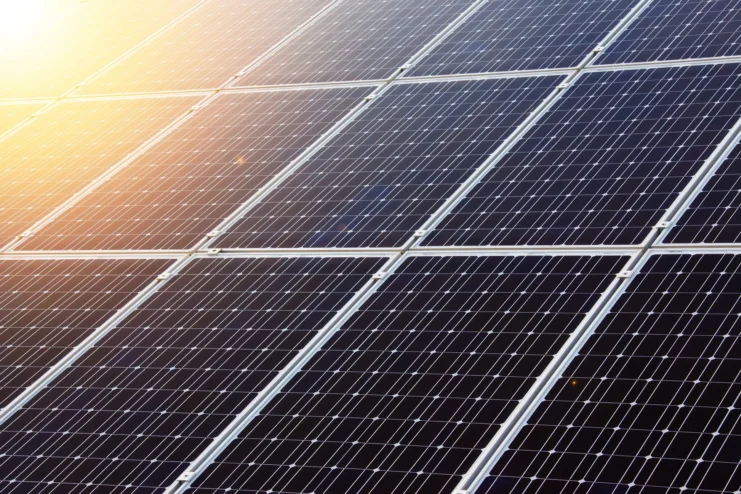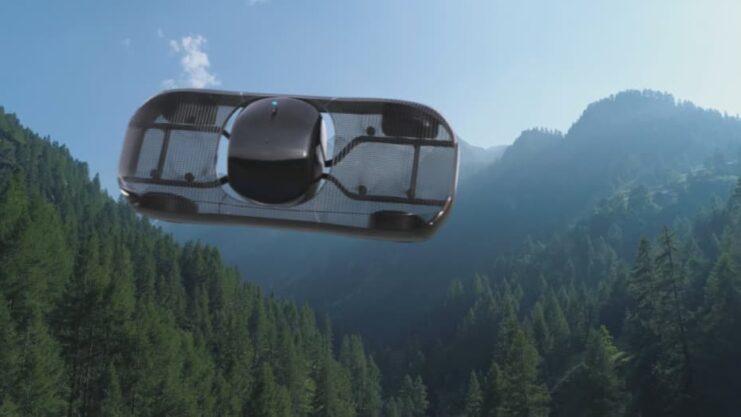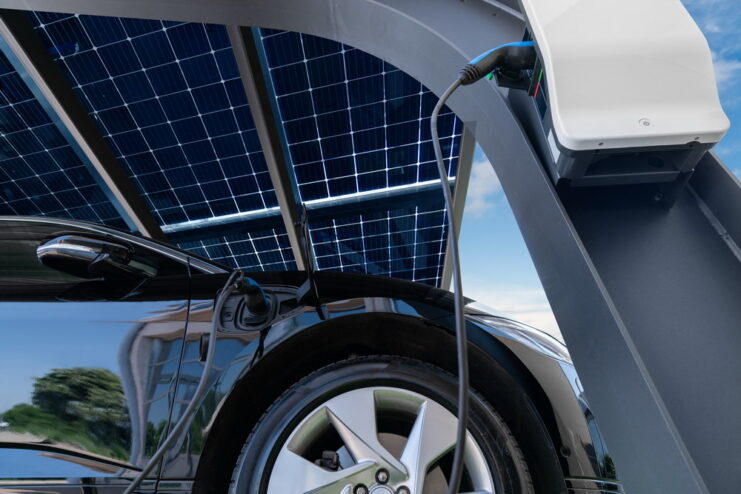The transportation industry has experienced a technological renaissance in recent years. With advancements in self-driving cars, electric vehicles and even cleaner energy sources, the future of transportation is getting brighter. So let’s explore the fascinating world of electric cars and the amazing innovations that are expanding perceptions of what is achievable.
The Age of Electric Vehicles

Electric cars have evolved tremendously over the years, courtesy of companies such as Tesla, Nissan, and Chevrolet who are driving the change. These eco-friendly vehicles provide an alternative to traditional combustion engine vehicles, making them hugely popular with those looking to reduce their carbon footprint. Improvements in battery technology mean that electric vehicles are becoming more affordable and more accessible. The longer driving ranges and faster charging times are an added bonus. Electric buses, scooters, and even bikes are also becoming commonplace, allowing commuters to enjoy cleaner, quieter rides.
Innovations in Battery Technology
The limitations of battery technology have been the main barrier in terms of widespread electric vehicle adoption so far. Thankfully though, recent improvements in energy storage have made electric vehicles much more practical for daily use. They now have improved energy density, which allows electric vehicles to travel greater distances on a single charge. Innovative technologies are making strides in the industry, and solid-state batteries may soon become the norm. These innovative batteries have higher energy levels and pose less risk than current lithium-ion models, revolutionizing the way we power our devices.
Autonomous Vehicles – The Future of Personal Transportation
It was once the case that self-driving cars were the stuff of sci-fi movies, but they are quickly becoming a real possibility. Companies such as Tesla, Waymo (Google’s self-driving division), and Uber are putting a ton of resources into making autonomous driving technology a reality. Soit looks like it will not be too long before we can simply relax while our car takes us where we need to go. Self-driving cars have the potential to significantly ease traffic jams, enhance fuel economy, and lessen the frequency of accidents while driving.
As self-driving car technology improves, it is likely that we will start moving away from cars driven by people and towards those that drive themselves. It might not be too far in the future before we see more self-driving cars on the road than those with humans behind the wheel.
Harnessing Renewable Energy – Solar Panels and Beyond

The experts at Vivint Solar tell us that in our quest for greener transportation, renewable energy sources have taken center stage. Solar panels have revolutionized electric vehicles by enabling them to use sunlight to partly power themselves. Several companies, including Lightyear and Sono Motors, are developing solar-powered electric vehicles that can drive for miles using only sunlight. Furthermore, those with home solar panels are benefiting by charging their electric vehicles with energy harnessed from the sun.
It’s not just cars that are using solar panels, however. In fact, innovators are exploring the possibility of incorporating solar technology into other forms of transport, such as trains and boats. Utilizingrenewable energy sources means decreasing our need for non-renewable resources and paving the way for a greener, more stable world that benefits everyone.
The Hyperloop – High-Speed Travel Reinvented
Back in 2013, Elon Musk came up with an idea for The Hyperloop, a concept that aims to revolutionize high-speed travel. This cutting-edge transportation system consists of passenger pods traveling through low-pressure tubes at speeds of up to 700 mph. With its low energy consumption and minimal environmental impact, the Hyperloop has the potential to transform long-distance travel.
Several companies,including Hyperloop TT, are working to bring the Hyperloop to fruition; we could see the first operational systems within the next decade. This high-speed transportation solution offers a glimpse into a future where travel between cities is faster, more efficient, and environmentally friendly.
Flying Cars – Soaring to New Heights

The idea of flying cars has captivatedimaginations for decades, and now they are finally becoming a reality. Companies like Terrafugia, Vertical Aerospace, and Joby Aviation are pioneering the development of personal air vehicles, designed to offer a new mode of urban transportation. These electric vertical takeoff and landing (eVTOL) vehicles could provide an efficient, eco-friendly alternative to ground-based transportation. This would then help alleviate traffic congestion and reduce travel times.
A Connected World – Vehicle-to-Everything (V2X) Communication
The connectivity between vehicles and their surroundings is expected to play a key role in improving the efficiency and safety of transportation. Vehicle-to-Everything (V2X) communication gives vehicles the ability to exchange information with other vehicles, infrastructure, and even pedestrians in real-time. This technology has the potential to reduce traffic accidents, optimize traffic flow, and facilitate the deployment of autonomous vehicles.
The widespread adoption of V2X communication systems will lead to a new era of intelligent transportation, with vehicles that can seamlessly interact with their environment to provide a safer, more efficient driving experience.
Conclusion
The future of transportation is exciting and ever evolving and is shaped by groundbreaking innovations and a growing commitment to environmental sustainability. The way we get around is changing, and thanks to new electric cars, self-driving vehicles, and fancy technologiesthe transportation industry is going through a major overhaul. We can expect this to result in a cleaner, eco-friendly, and more efficient way of getting around in the near future.
Installing solar panels and other renewable energy sources into our vehicles will ultimately help reduce dependence on fossil fuels, which is crucial for creating a sustainable future for generations ahead. As we continue to embrace and develop emerging technologies such as the aforementioned Hyperloop and eVTOL vehicles, we can expect a revolution in long-distance travel and urban mobility.
Furthermore, the widespread adoption of V2X communication systems will usher in a new era of intelligent transportation, which will enhance safety and efficiency on the roads. With vehicles that can seamlessly interact with their surroundings, we can anticipate a more interconnected and smarter transportation infrastructure sooner rather than later.

